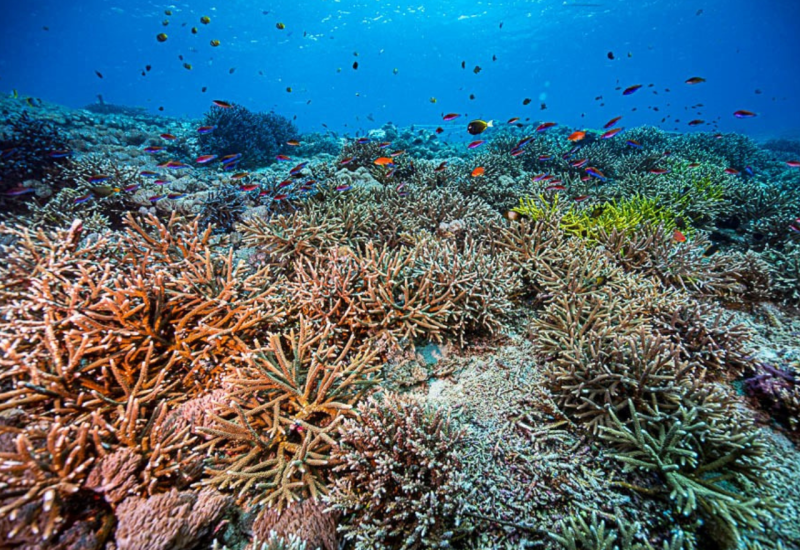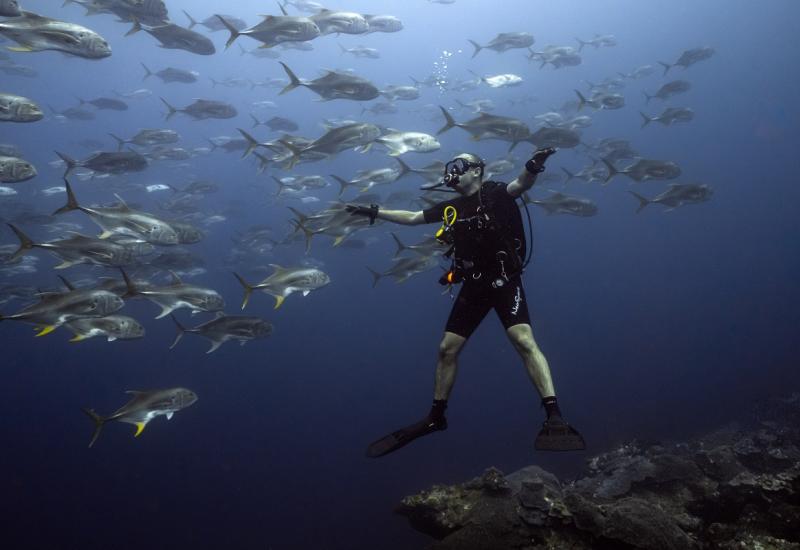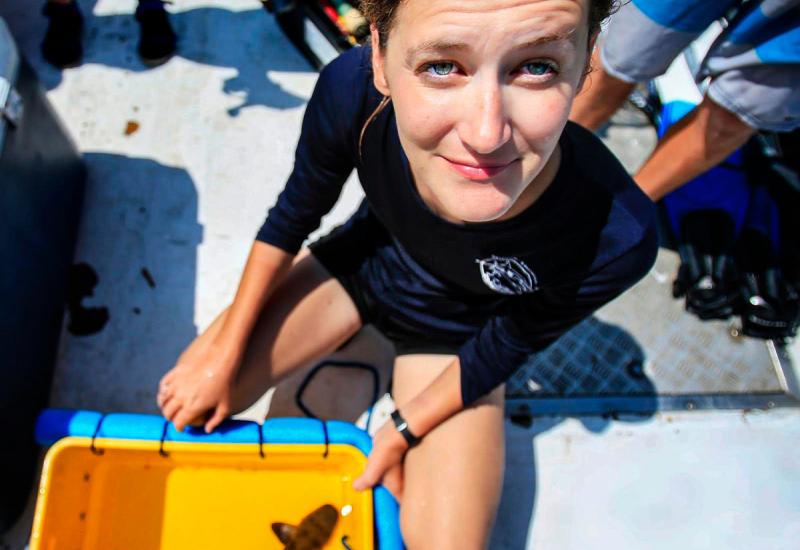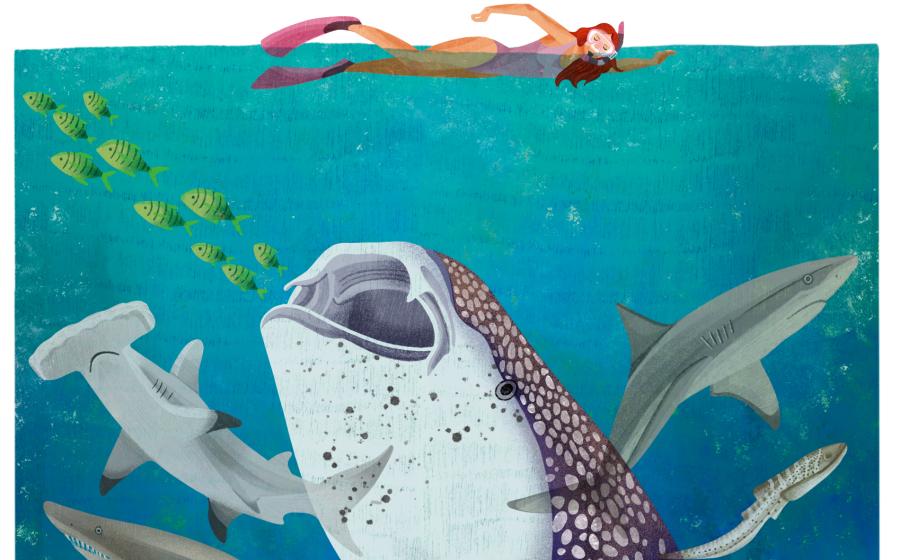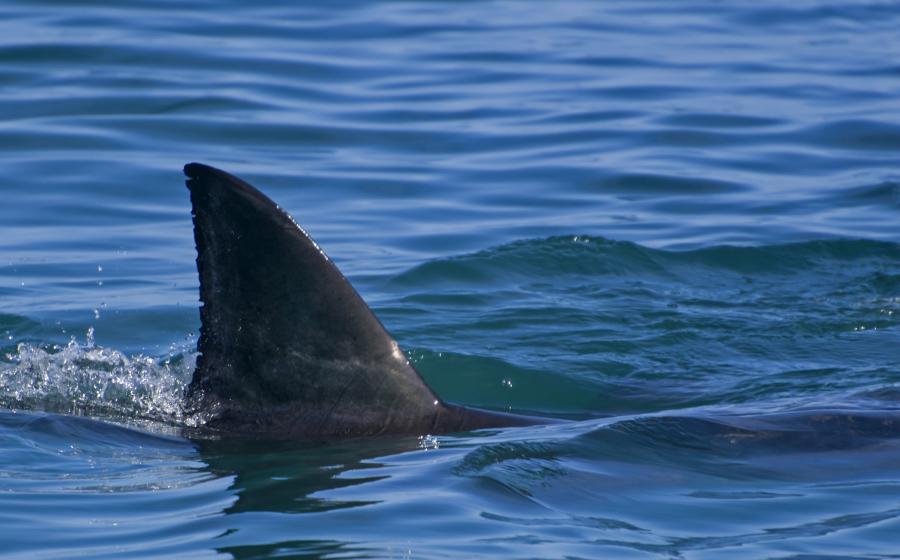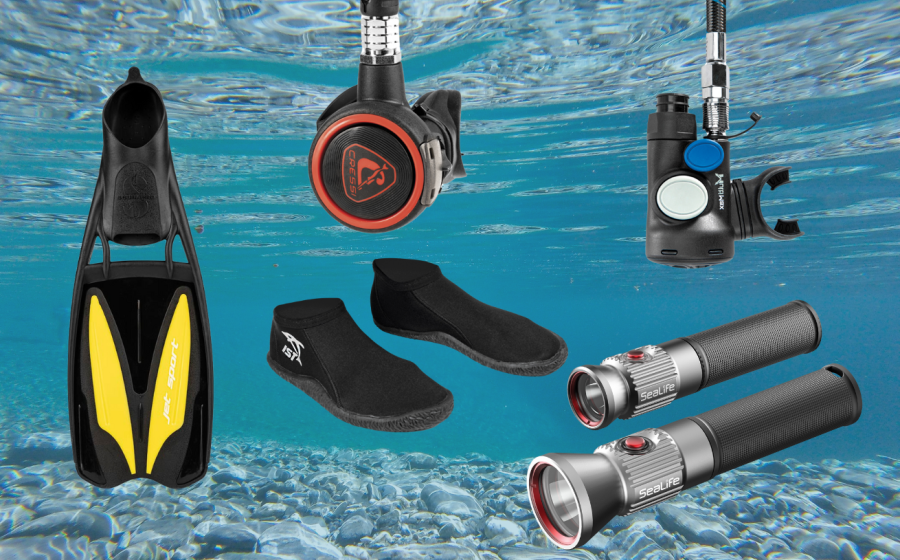Conservation News: Fishing Banned in Phoenix Islands
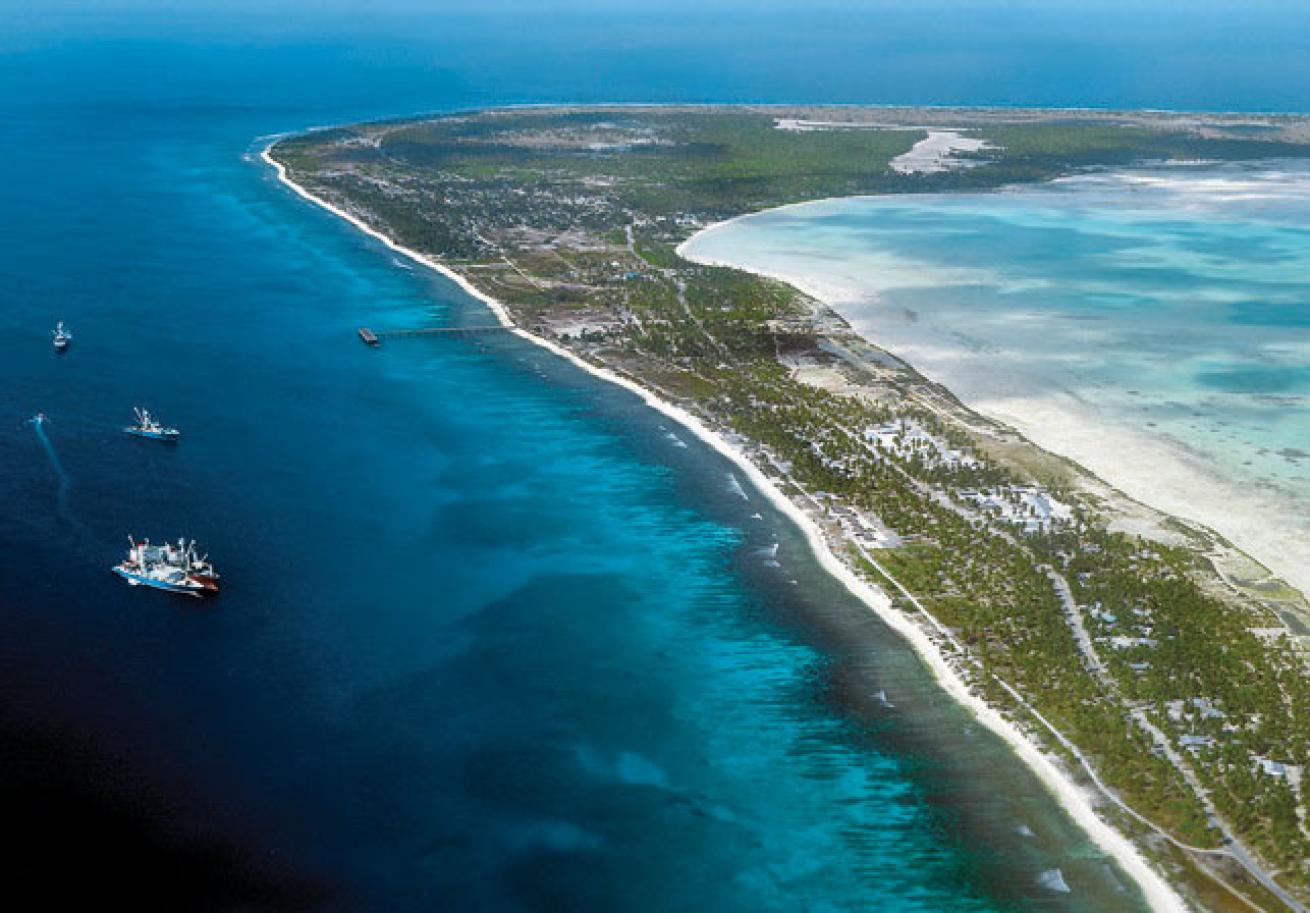
Waterframe/ AlamyThe Phoenix Island Protected Area in Kiribati will ban all commercial fishing by 2015.
The world’s largest and deepest World Heritage Site has been at the center of controversy since first being set aside as the Phoenix Islands Protected Area (PIPA) in 2008.
The Republic of Kiribati is the remote Pacific island nation that serves as the Phoenix Islands’ ecological guardians, and the area has largely been praised for its success as the crown jewel of reef-conservation efforts worldwide. All that’s changed, as earlier this year conservationists charged that the PIPA zone was being trawled by international commercial fisheries. Critics say that foreign fishing vessels were being granted licenses by the Kiribati government for permission to “sustain- ably access” a whopping 97 percent of the zone, leaving only 3 percent of the area as being strictly no-take.
In the wake of this conservation dustup, Kiribati’s president, Anote Tong, announced early in May a landmark cabinet vote that plans were now being made to speed up conservation efforts and completely ban all commercial fishing within the PIPA by 2015.
Dr. Greg Stone, chief scientist of Conservation International and chairman of the PIPA Trust, says amped-up surveillance efforts would be implemented via geo-fencing, a GPS-based technology that would alert local patrol authorities if any unauthorized vessels were found fishing within the sanctuary’s boundaries, as well as potential drone surveillance. “Domestically, there is a deep connection to the ocean,” Stone says. “The ban is popular [among locals].”
The Phoenix Islands’ marine protected area represents a critical chunk of habitat for an estimated 60 percent of the world’s skipjack, big-eye and yellow- fin tuna populations, which live in the deep waters of the equatorial Pacific.


